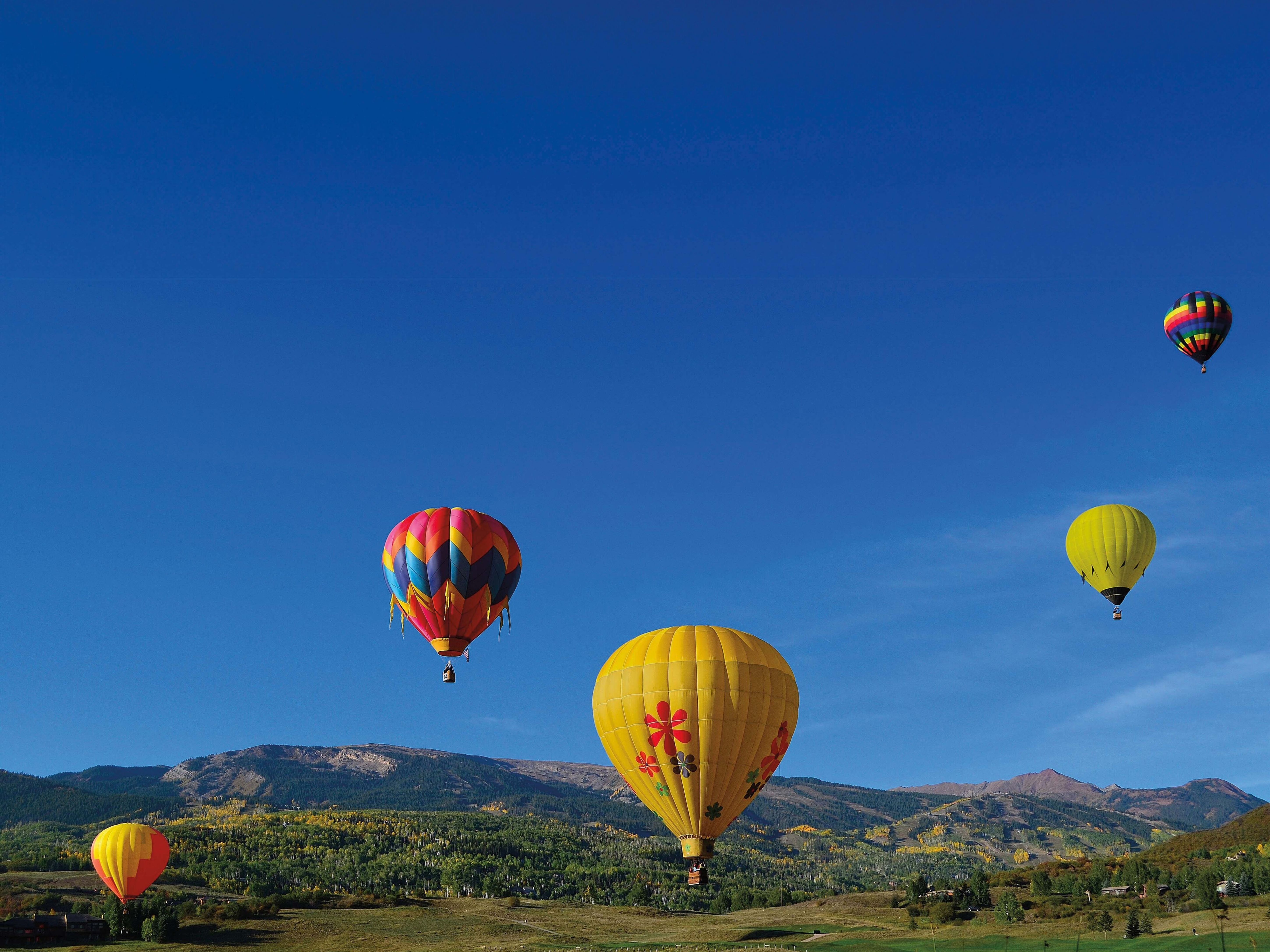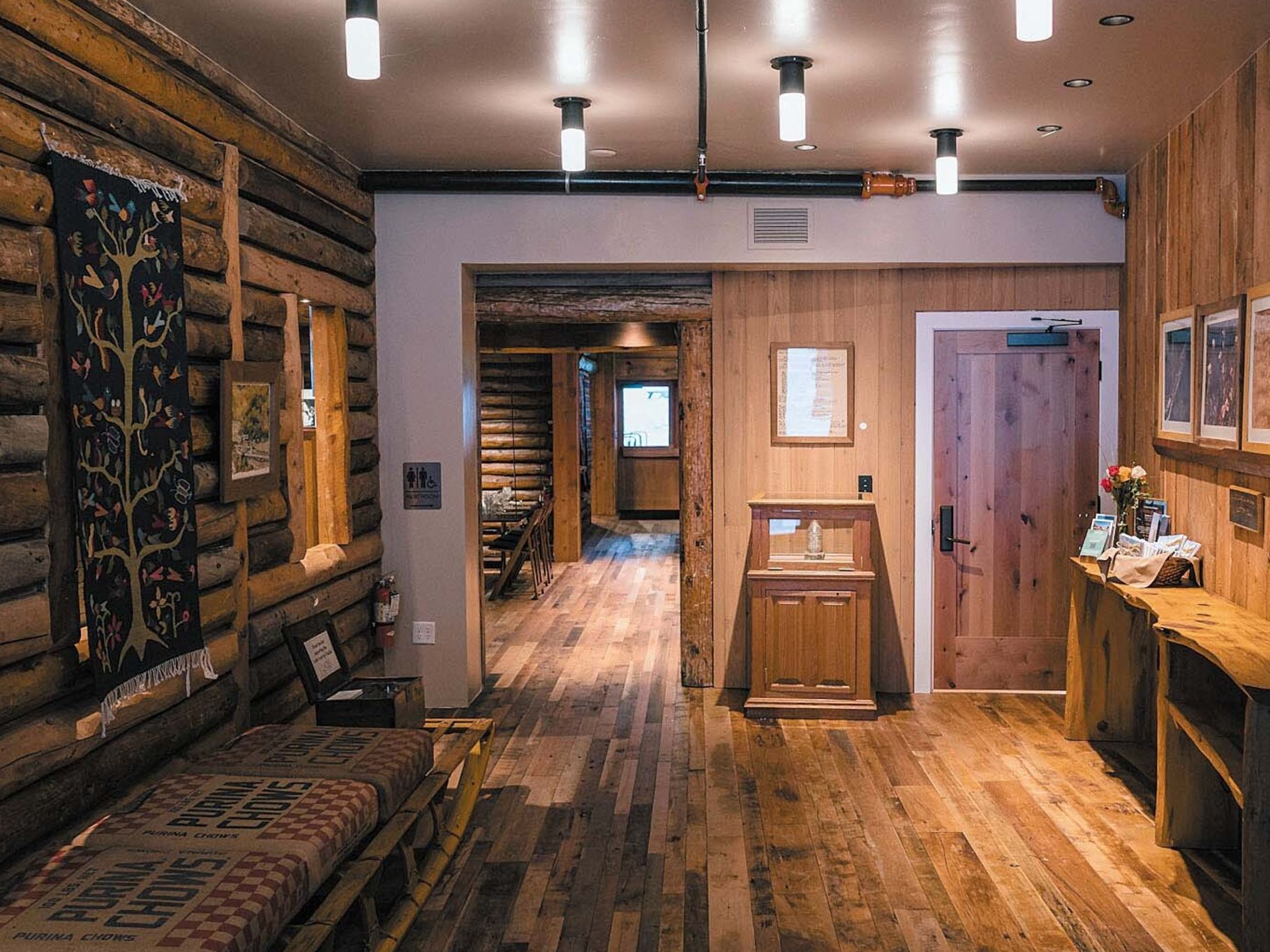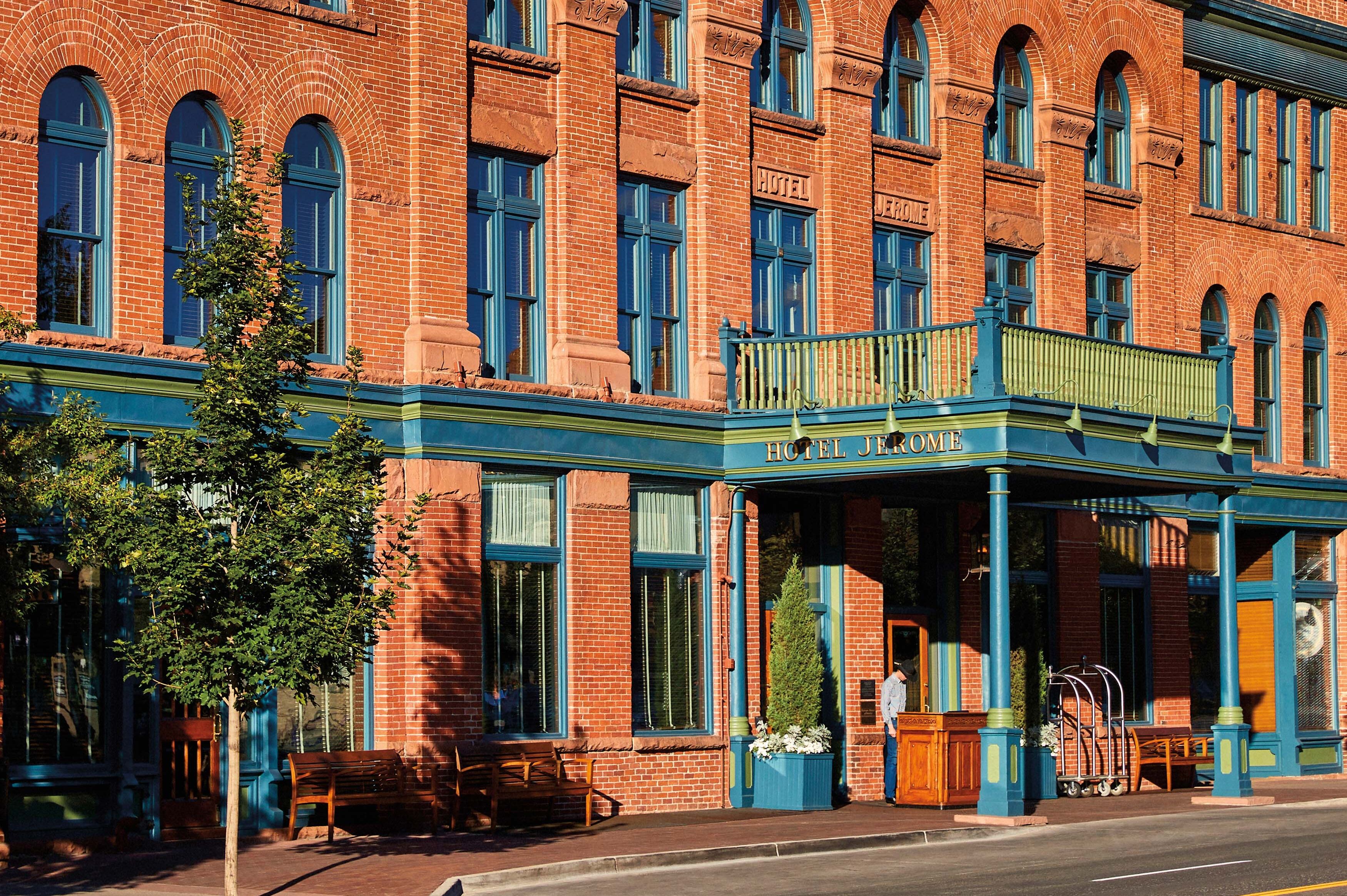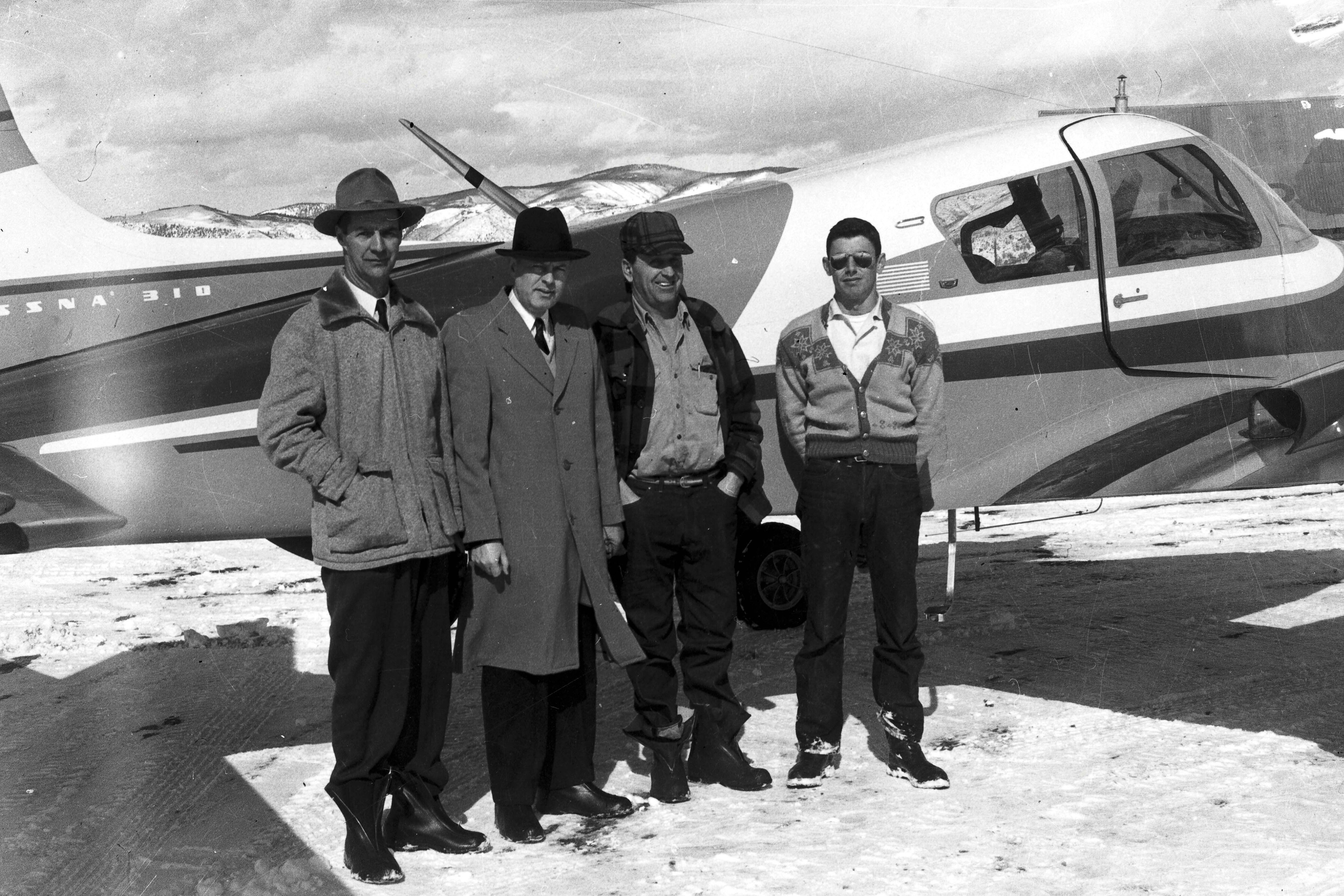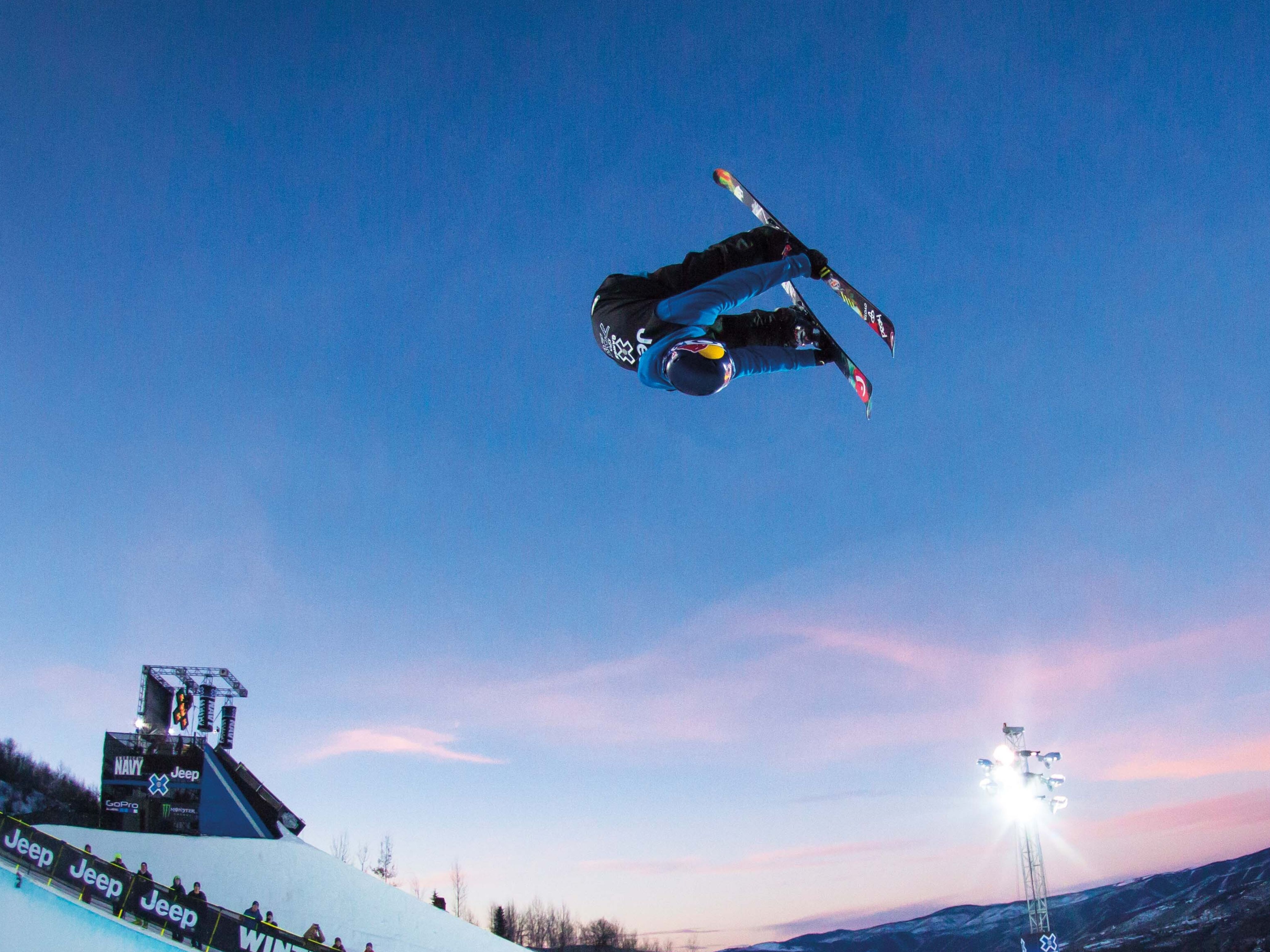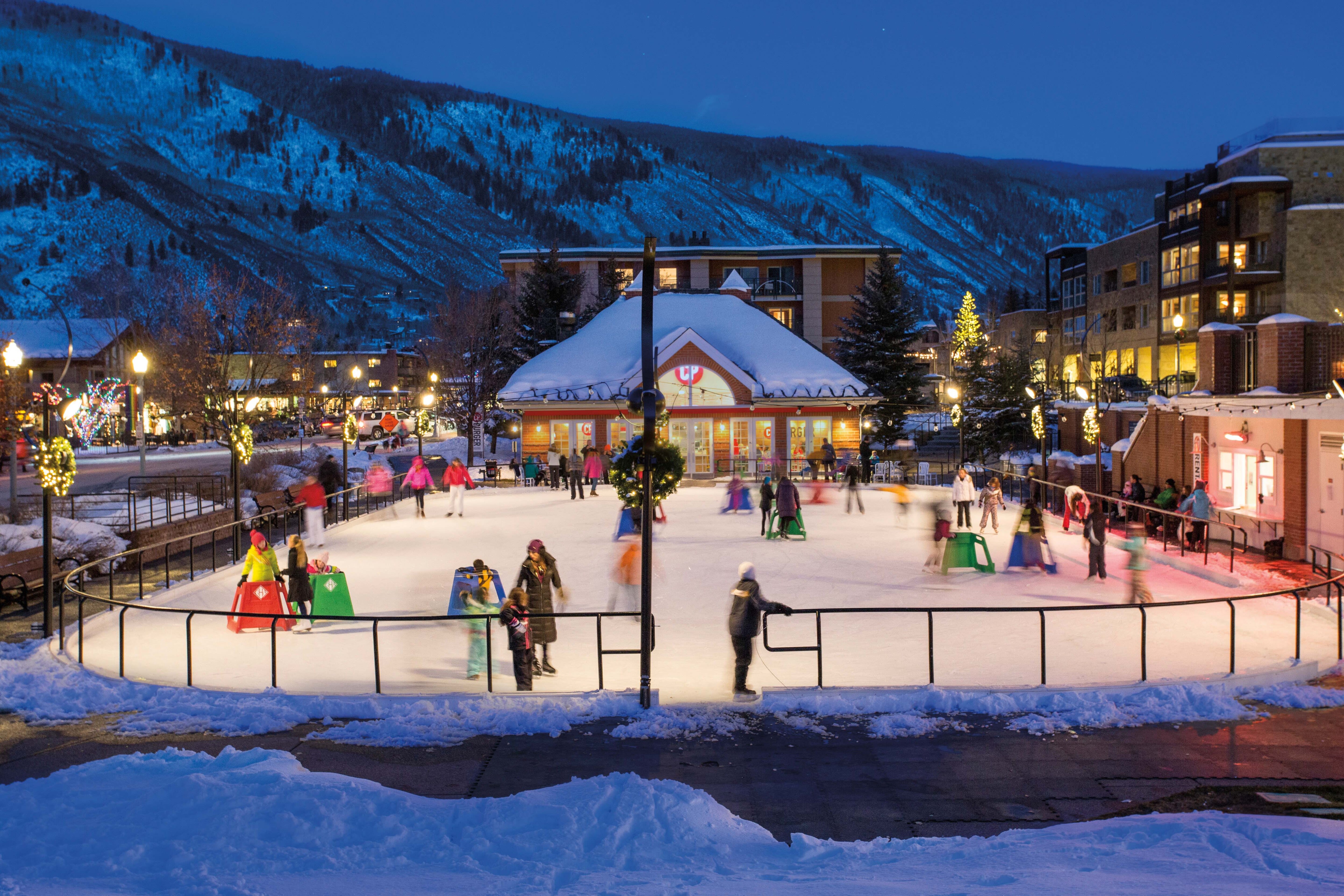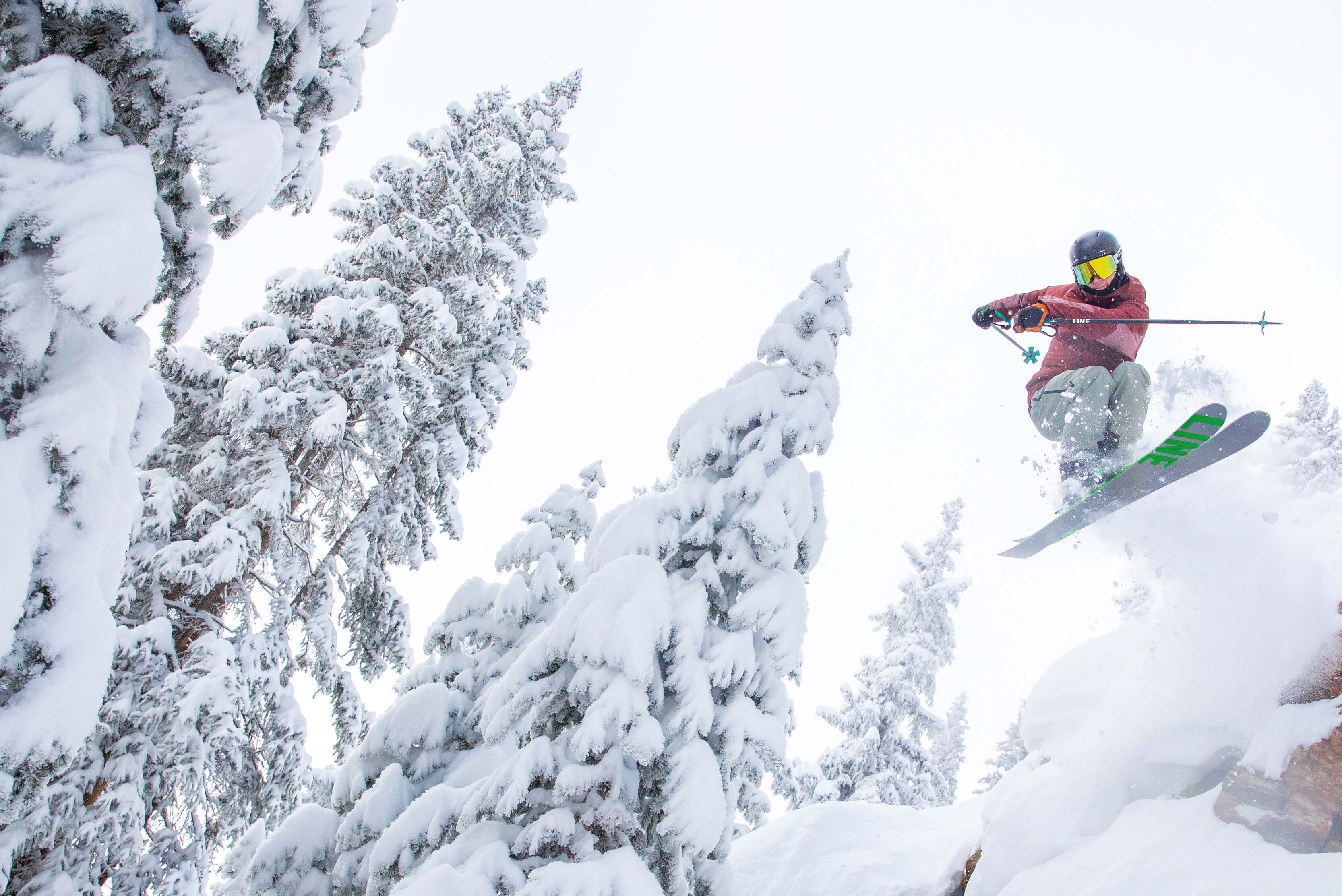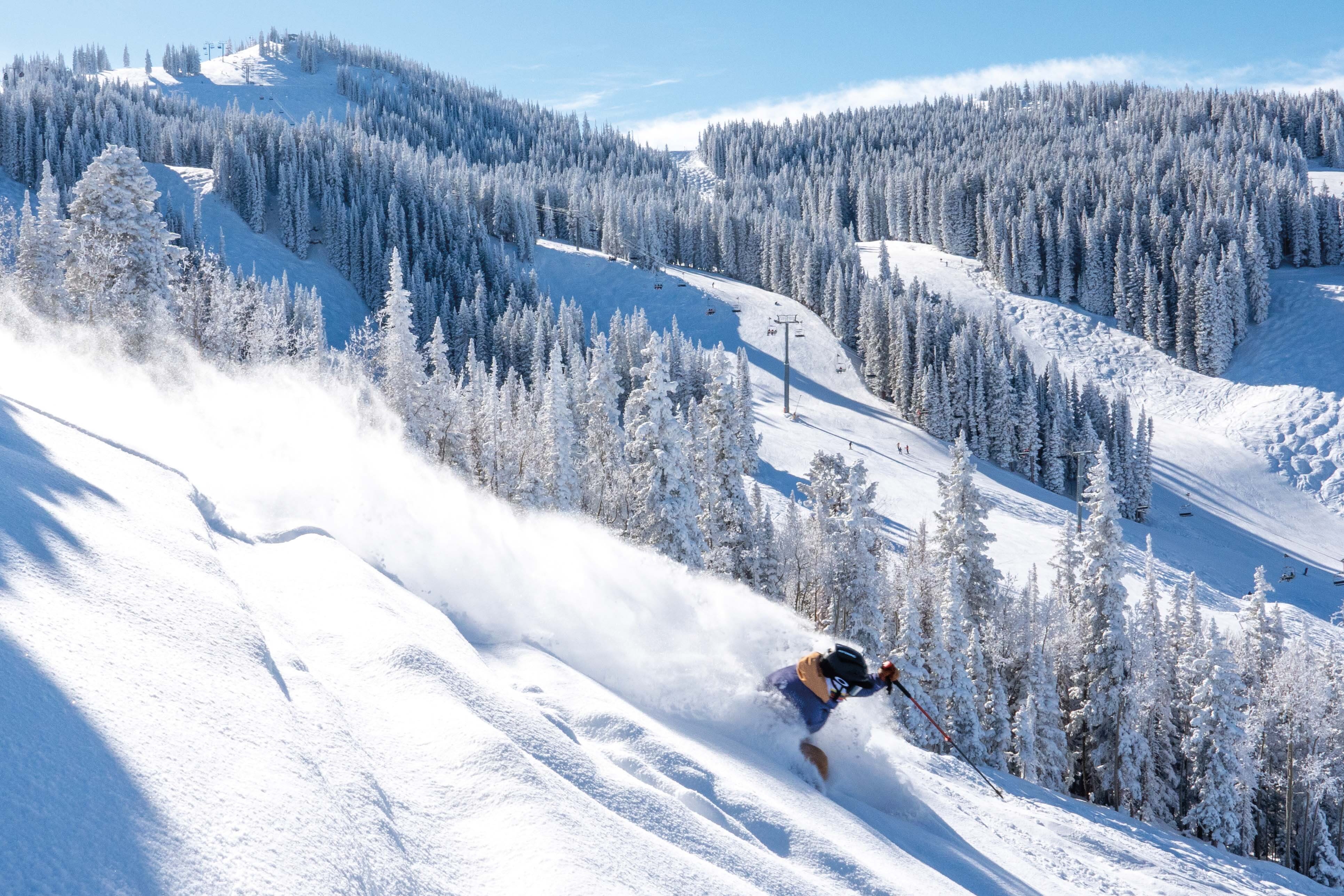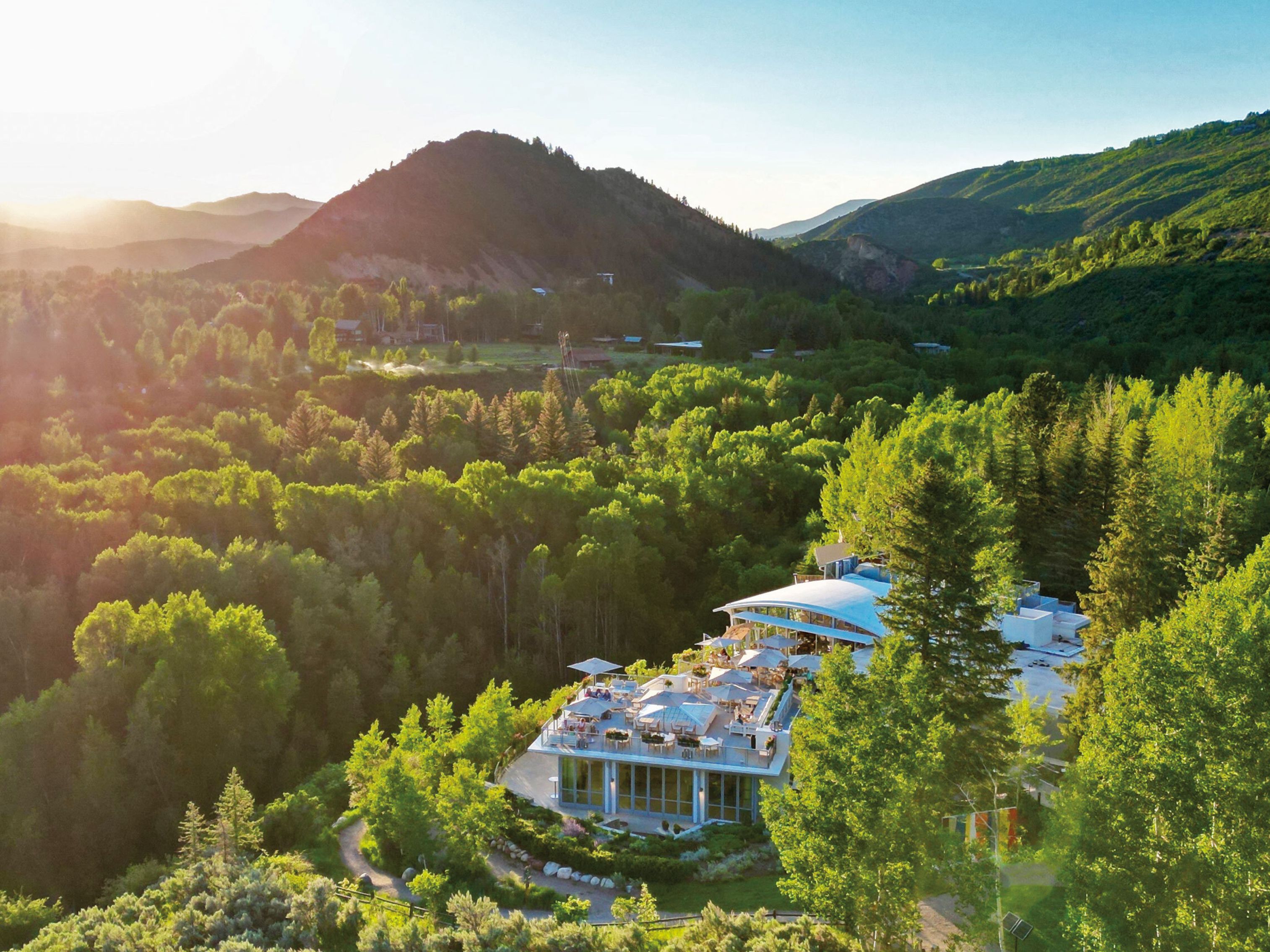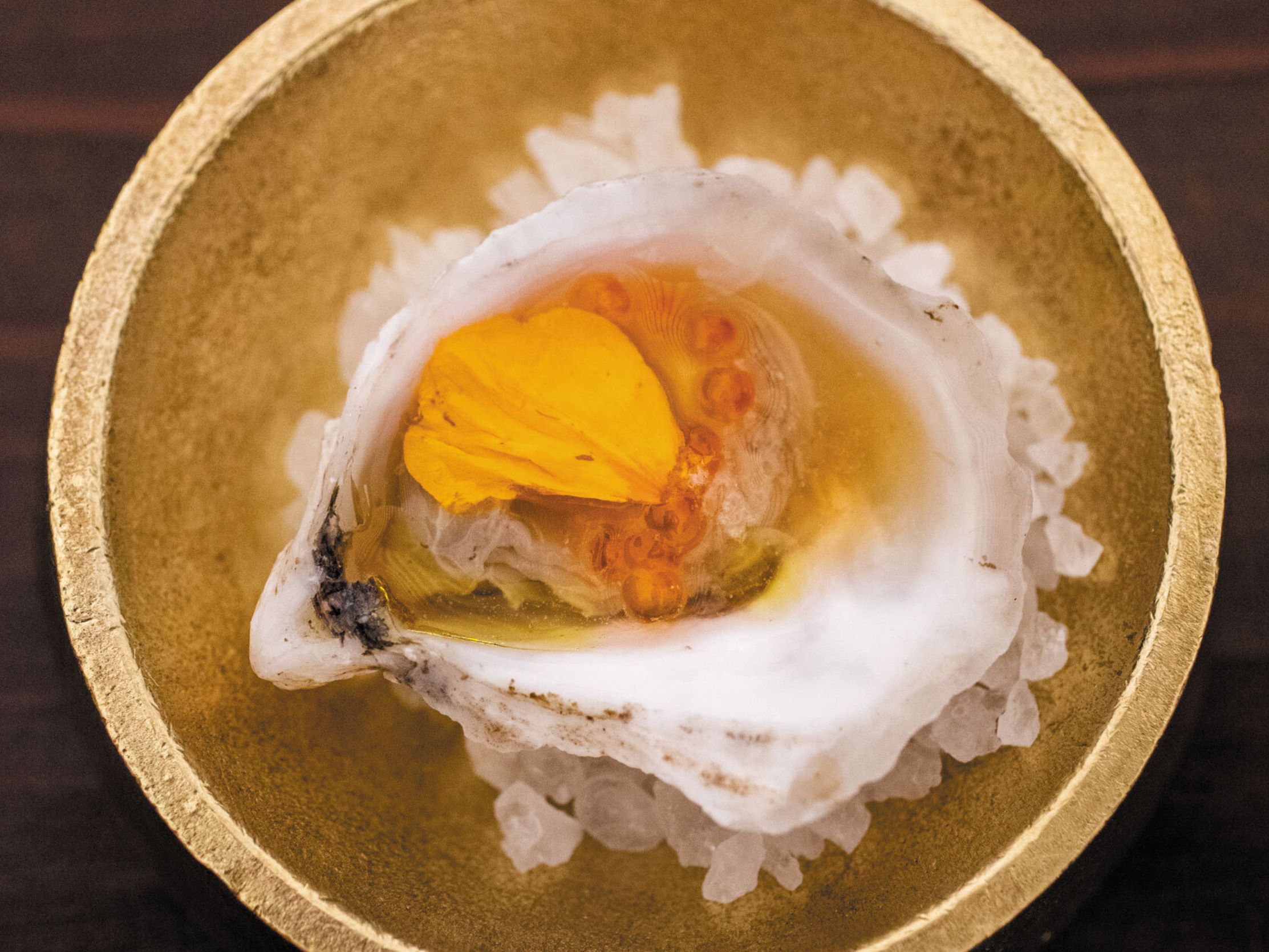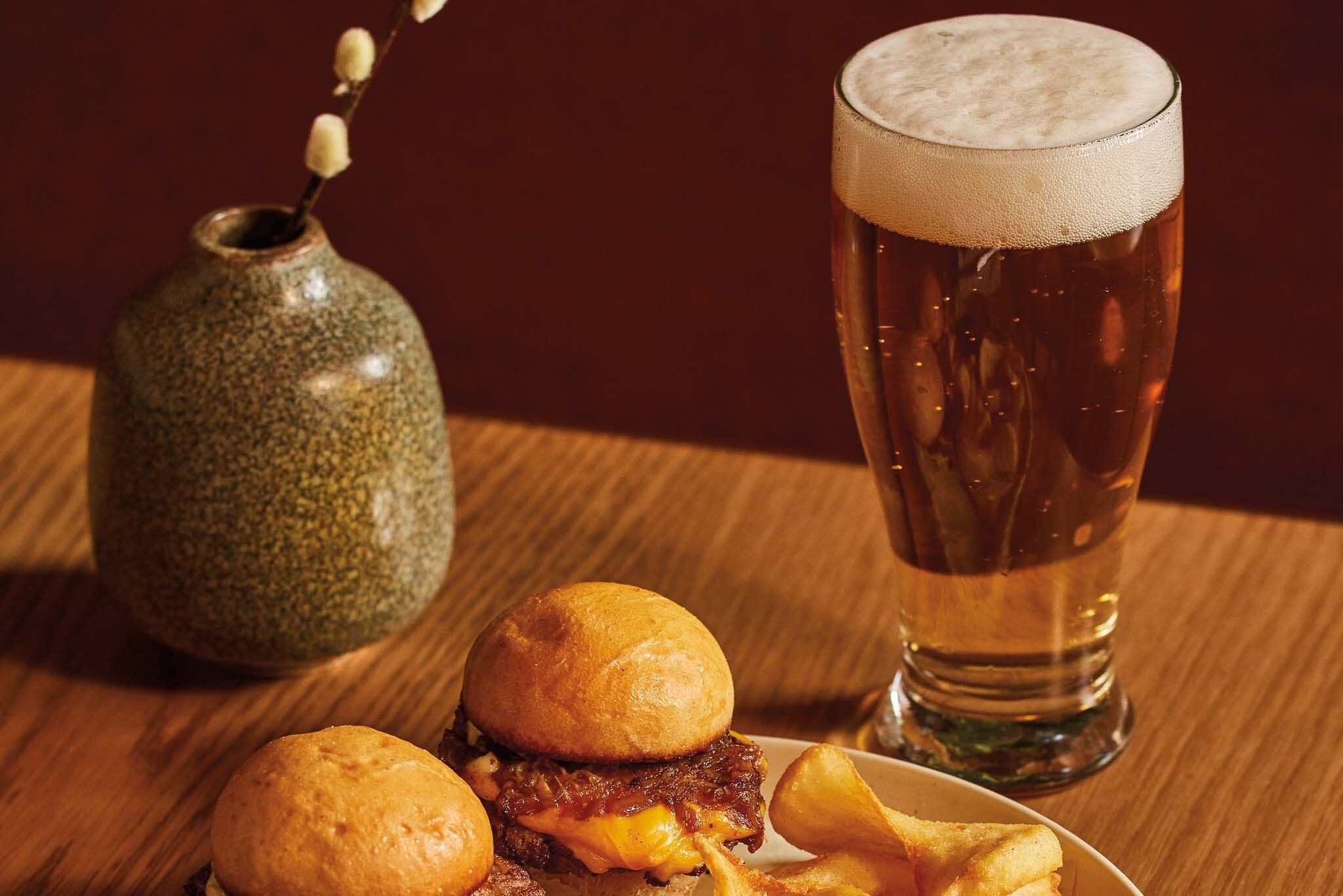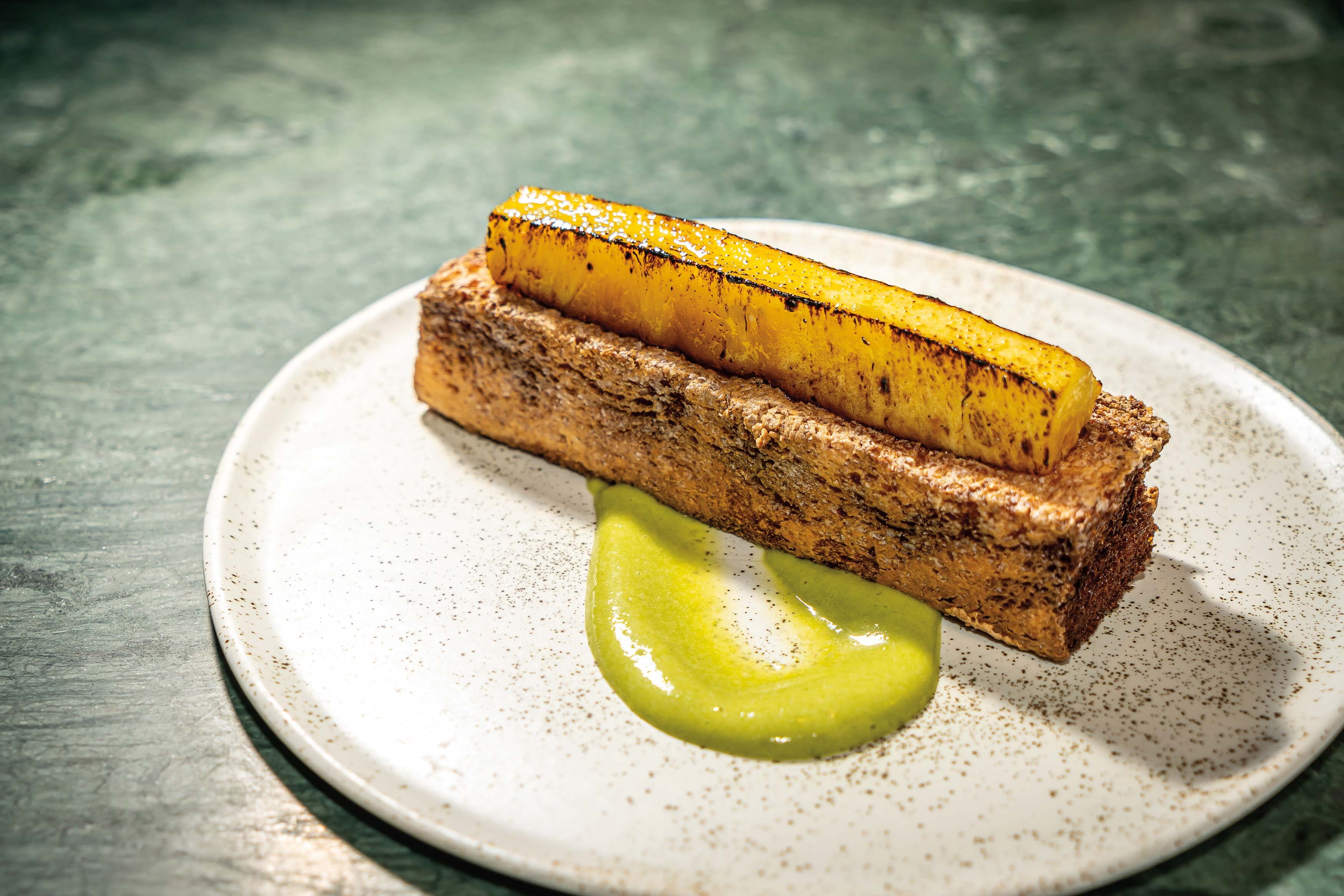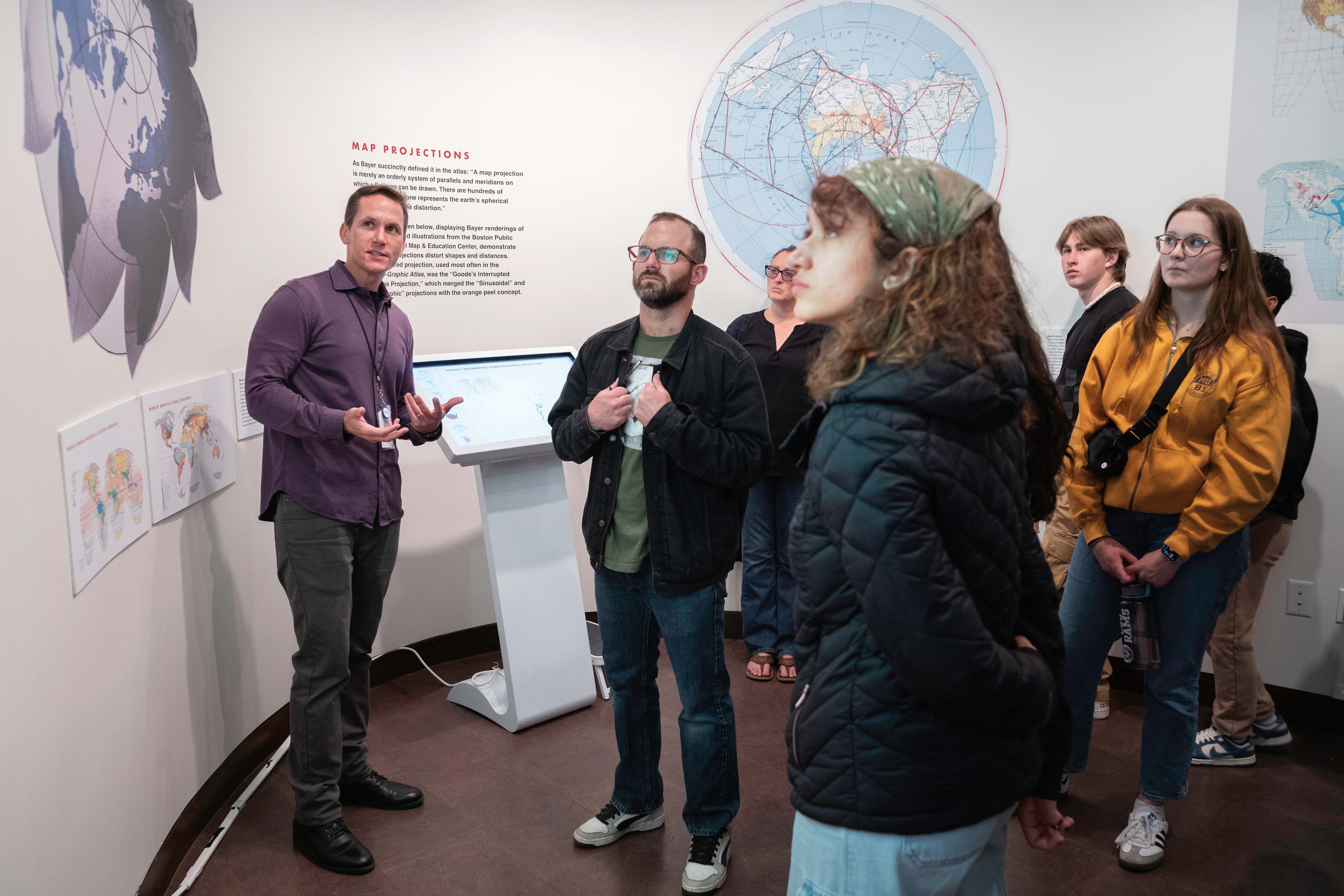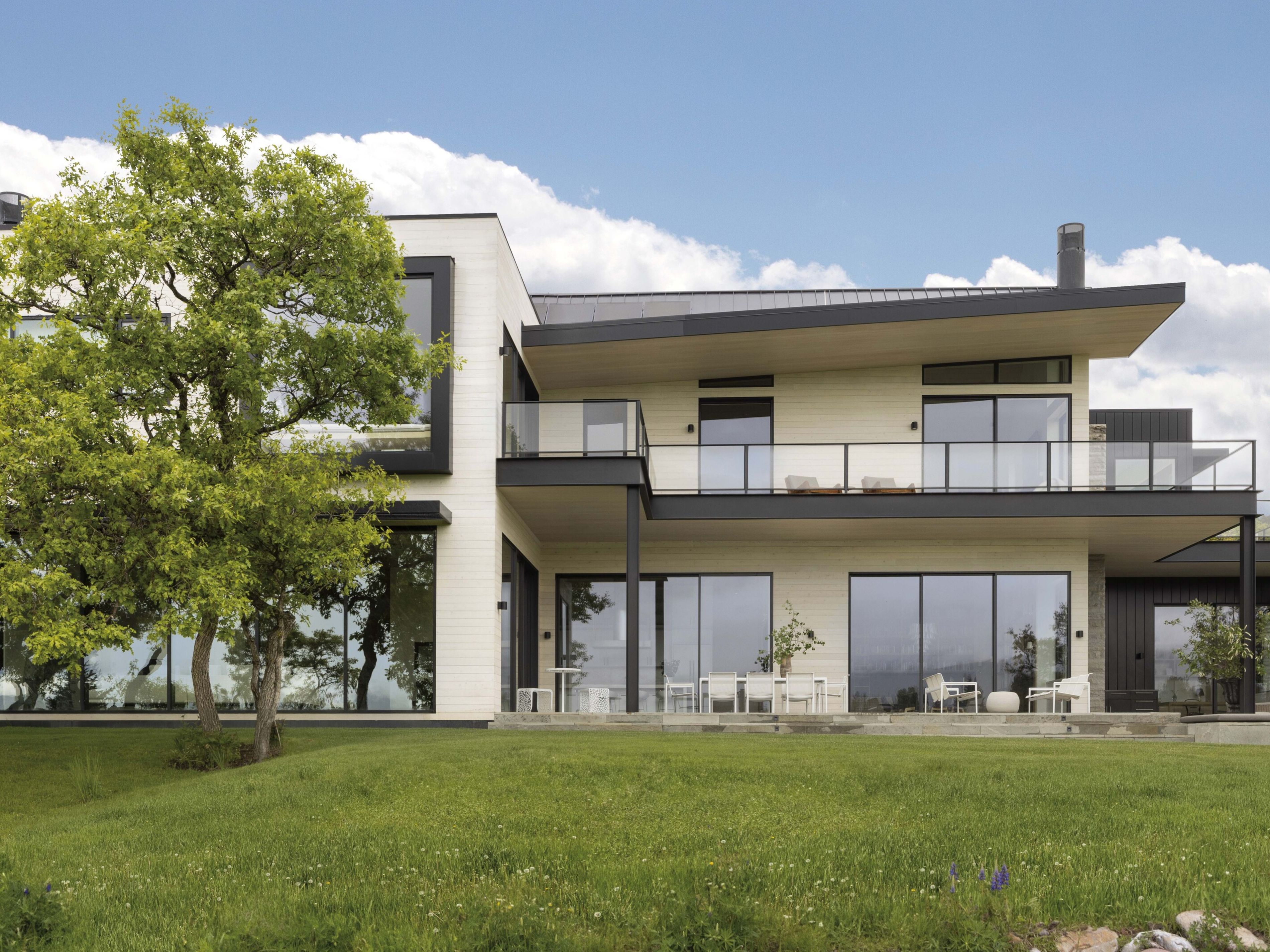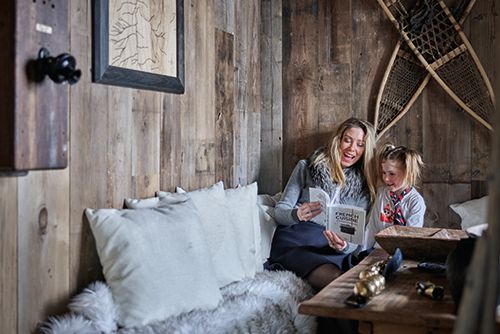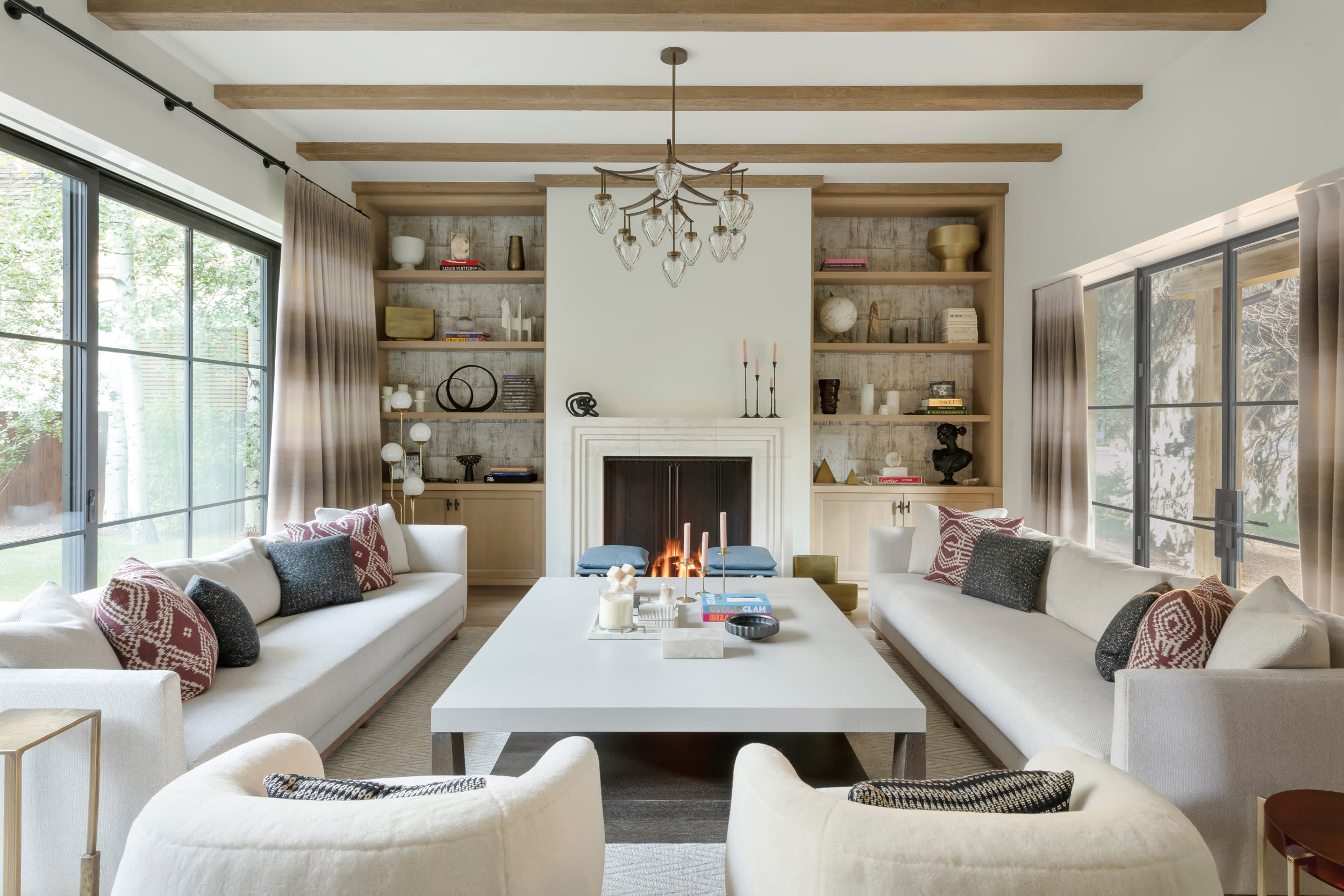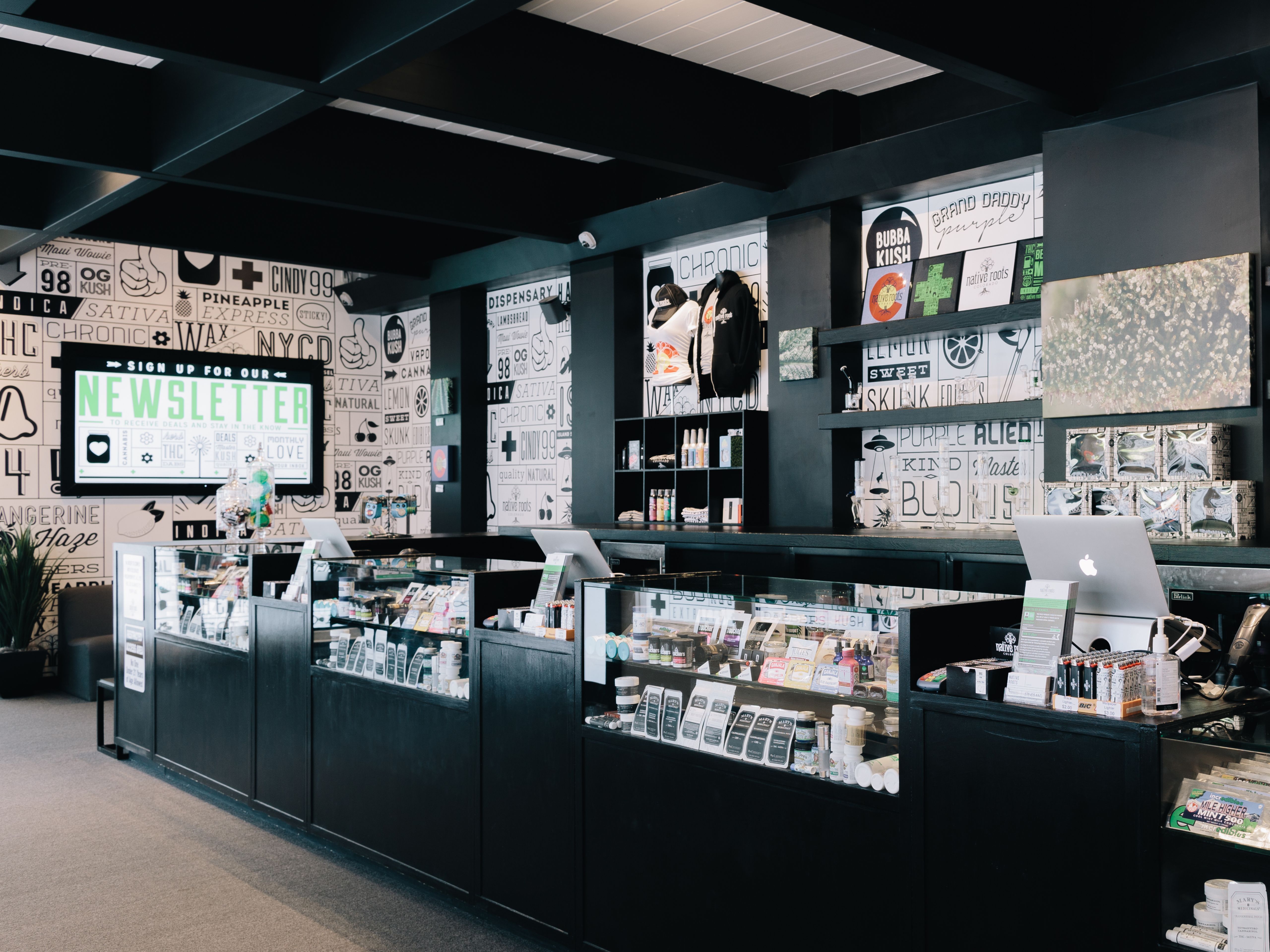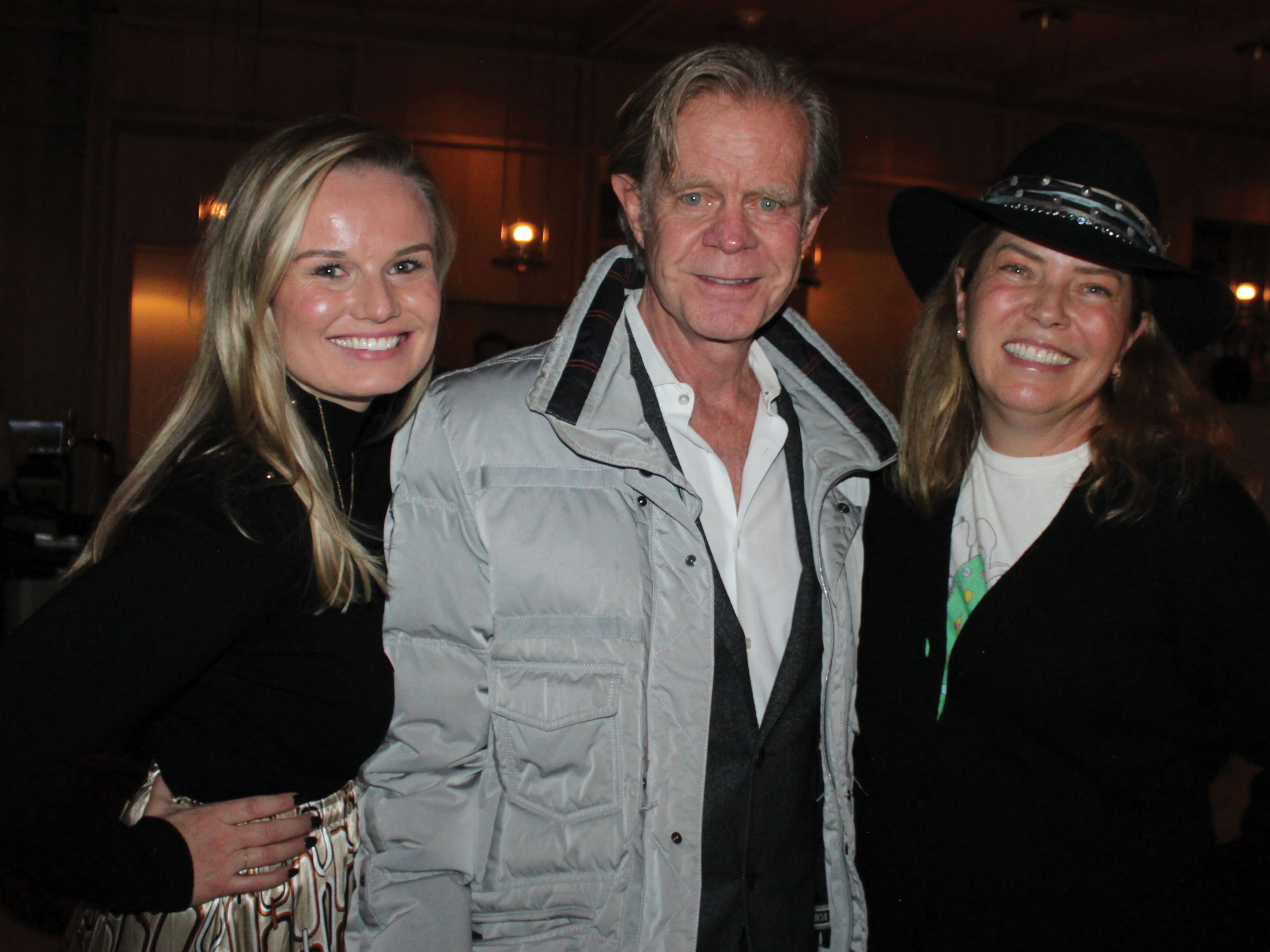Home Grown

Bosq Chef Barclay Dodge
Image: Karl Wolfgang
Wow, a 2023 James Beard Award nomination, and a potential Michelin Guide placement for Bosq. Thoughts?
It’s a feather in your cap, but ego has gone out the door at this age. I’m 54 and still working 14-hour days, five, six, seven days a week. I want to focus on steady business, to attract labor.
Because with the recognition, your employees have been going places.
Former sous chef Rachel Saxton [then Koppelman] went to the Aspen Meadows; cook Jonathan Butch went to Noma then Blue Hill; cook Justin Weinstein went to The French Laundry; sous chef Nick Anderson went to Frasca Food and Wine. I’m psyched, my kids are going on to great restaurants.
How has Bosq evolved since you opened across from Wagner Park during the Food & Wine Classic in 2016?
It’s been an amazing progression from lunch, dinner, après, bar menu, Chinese-inspired Peking duck and eggplant. COVID was the biggest blessing in disguise. That made us get rid of the a la carte menu for a tasting menu. Bosq has this permission to go outside the box. Since I opened Restaurant Mogador in 2001, I’ve always pushed that envelope. Of course, we only have to capture 45 guests—not 200—a night to make our business happen.
What’s special about your tasting menus and beverage pairings?
The entry level is create-your-own four courses, then the five-course. Our seven-course is what we call the “this is what you’re getting” menu, but it’s more like 9 to 11 courses depending on what’s popping up. Fine & Rare, the high-end beverage pairing, is wine-driven, along with mead, beer, tea, and kombucha. Troy Casey of Casey Brewing came up with a great plum sour that we’re pairing with our steak tartare.
How has sourcing changed since you started Bosq seven years ago?
With Farm Runners [a distributor of regionally grown and harvested produce], we now have access to 30 or 40 farms in what I call the “Colorado Greenbelt”—the Roaring Fork, North Fork, and Grand Fork valleys. There’s so much available within 50 miles of us! Back in the ’90s, there was none of that. The young farmers in the valley, they’re doing an amazing job. Foraging is a big part of our program.
How were you introduced to foraging?
Oh, I’ll never forget. I was working at Renaissance in the mid-’90s, and Danny Fondren used to sell us mushrooms. He took me foraging up in Lenado. It was a great season, we found a bunch of mushrooms, and had a great haul. I started branching out to other ingredients in the valley. In summer, I’m out in the woods three days a week in the morning before work. It’s our identity.
What else do you forage locally?
Watercress. Pine tips, pine bark, pine wood—the whole tree. Pine tips we can only get in the late spring, it’s a short window. We pick 20 to 30 pounds and freeze them for oils and marinades, grind it up for a salt cure and ice cream. Also a little bit of sumac, pennycress, and fireweed. We make syrup out of dandelion flowers—amazing. In winter, we dig down through five feet of snow, clip juniper branches, and use them for smoking our lobster dish. The berries we use in marinades, broths, cures, and oils.
You also shop for Bosq early every morning at Aspen Saturday Market?
We buy a ton of plums from Forte Farms. Right now [in March], we’re using them for plum umeboshi (salted plum) and plum syrup. Dehydrated plum skins are used as a crispy skin or pulverized into powder. We get corn from Okagawa Farm. Duranzo Ranch has killer melon, Charentais, a type of French cantaloupe.
You’re fanatic about fermentation as well. How does that process enrich food at Bosq?
Every single dish has deep fermentation on it. It’s developed flavor, not just a cool nut oil and vinegar mixed together. Stick a vegetable in a byproduct of fermentation and see what happens: Live bacteria will change it. These flavors are umami-driven. They make you feel good.
How does the restaurant’s dining room factor into that?
[Pointing to a crystal chandelier] I always tell my staff: polish the balls. Even if they don’t look dusty. Once they’re clean, they emit this radiance that you, the diner, feel and see in this clean, bright, alive, electric way. It’s how we’re creating flavor with food. You might not put your finger on it, but you feel elated from this experience on a subconscious level.
Where does Bosq fit into Aspen’s fast-changing dining scene?
We want to be local and use local product. Our plates are by Alleghany Meadows. Woodwork and tables are made by the high school woodshop and John Fisher.
What do you think about the City of Aspen’s new composting ordinance, by October requiring all retail food establishments to separate food waste from trash disposal?
I love it. We’ve been composting for years. We feel bad throwing away secondary stuff. Like carrot tops, we turn them into lacto-fermented carrot-top water; as a main ingredient in green mole and as garnish.
Do you hope your children, 4-year-old Lennon and 6-month-old Mia, inherit your love of fine dining?
Yes. But I’m not going to be that dad. I started something with my kids early on: I snap a stalk of celery, or crush a clove of garlic, or put vinegar on my fingertip and have them smell, to introduce them that way. I make a lot of meringues, crispy ones. Lennon comes in here after school with her little girlfriends and they stand at the kitchen door with their hands out, asking, Can we have a mer-ingue?
